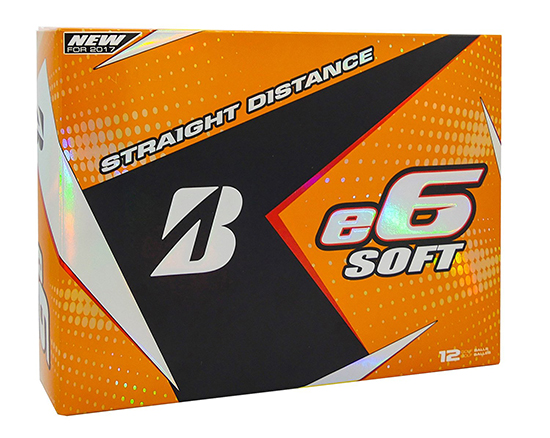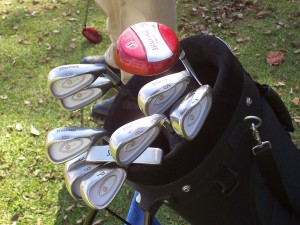Some amateurs use golf balls they may have found on the course or whatever might have been on sale at their local sporting goods store. Others use the same balls of they see professionals use on TV. These balls are known as tour balls and the Titleist Pro V1 is an example. While using professional equipment can improve an amateur’s performance in many sports, including golf, it can also have little impact or even hurt your performance if your skills do not match the equipment.
Golf ball manufacturers utilize today’s technology to create a wide variety of balls. Golf balls vary from one piece construction to five piece construction. Different materials can be used for each layer depending on the manufacturer. The different combinations of construction and materials allow manufacturers to produce golf balls targeted to many different skill levels and swing speeds.
It is important to match up your golf game with a golf ball that matches your skill level and play that ball exclusively. While professionals can detect the most subtle differences in the performance and feel between different balls, even high handicap golfers will notice differences on some level. Playing the same ball is an easy way to provide more consistency to your game. I’ll grant you it may be a small thing in the grand scheme of your golf game, but knowing your ball will perform consistently will improve your game. Though playing a tour ball may seem like the best thing, they provide a large amount of spin. The spin is partially achieved with the soft cover of these balls which also provides a great deal of feel around the green. This spin is crucial for a professional’s or low handicap golfer’s short game but can adversely affect the high handicap golfer by exaggerating slices off the tee. This is one reason it is important to match up your skills with the ball that is right for you.
Let’s break down the main types of golf balls to find the best one for you.
Two Piece Construction Golf Balls
Most amateurs use a two piece golf ball and it should be the ball every beginner uses. These balls usually have a solid core covered with a hard, durable cover. With a low compression and hard cover, the two piece ball delivers more distance and less spin than other balls. Many high handicap golfers have lower swing speeds that will benefit from the added distance. High handicap golfers also have the tendency to slice the ball off the tee. The lower spin of the two piece ball will help minimize the severity of slices.
Another advantage of two piece golf balls is that they are less expensive than other types of balls. You will feel less pain in the pocketbook when they go into the woods or water.
Some two piece golf balls are:
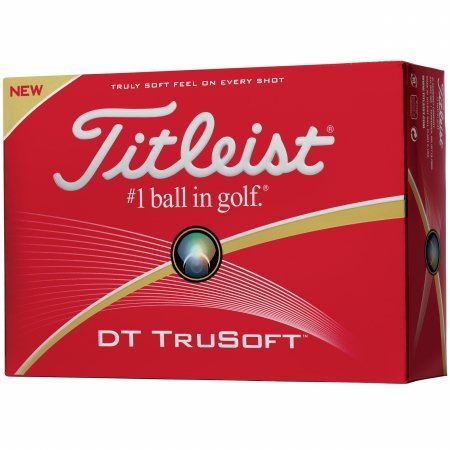
Titleist DT TruSoft
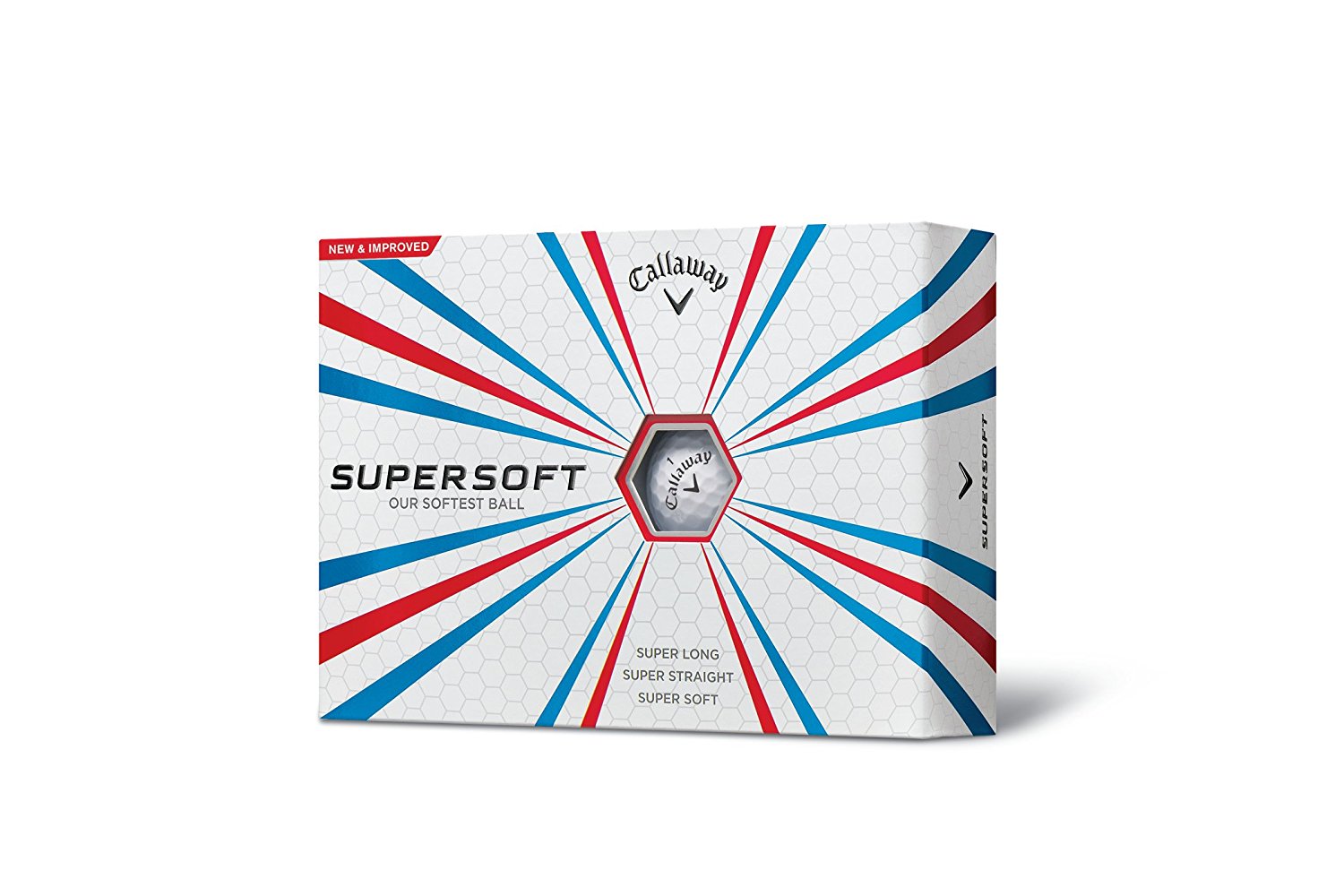
Callaway Supersoft
 Bridgestone Extra Soft Golf Balls
Bridgestone Extra Soft Golf Balls
Tour Golf Balls
Tour balls are just that, balls that are used by professional golfers on tour. Unlike two piece balls, they have three, four or even five layers of construction. The multi-layer construction along with a very soft cover give tour balls a large amount of spin and feel around the green. The high amount of spin allows professionals and low handicap golfers to more easily draw or fade their shots along with stopping the ball quickly on the green. Both require golf skills that almost all high handicap golfers do not possess. For this reason, high handicap golfers will not see a return on their investment of the high price tag of tour balls. Some examples of tour balls are the Titleist Pro V1, the Callaway HEX Black Tour and the Bridgestone Tour B330.
Advanced Two Piece / Three Piece Balls
Somewhere between basic two piece balls and tour balls, there are advanced two piece balls and three piece balls designed for the mid handicap golfer. An advanced two piece ball’s core still has low compression for distance off the tee but it usually has a softer material for the cover than ionomer to give more spin and feel around the green. Three piece balls in this category utilize the middle, or mantle layer, to increase spin and feel around the green while the core material still gives the ball low spin off the tee for added distance. Depending on the construction, these three piece balls can either have a harder ionomer cover or a softer cover made from urethane or other materials. As a high handicap golfer builds more consistency and speed into their swing, approaching bogey golf, they should begin playing an advanced two piece or three piece ball to take advantage of the added spin and feel around the green.
An advanced two piece golf ball is:
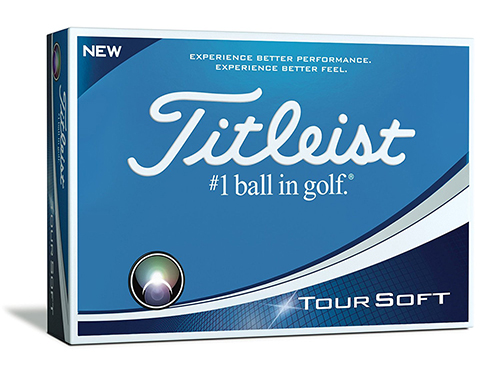
Titleist Tour Soft Golf Balls
Some three piece golf balls are:
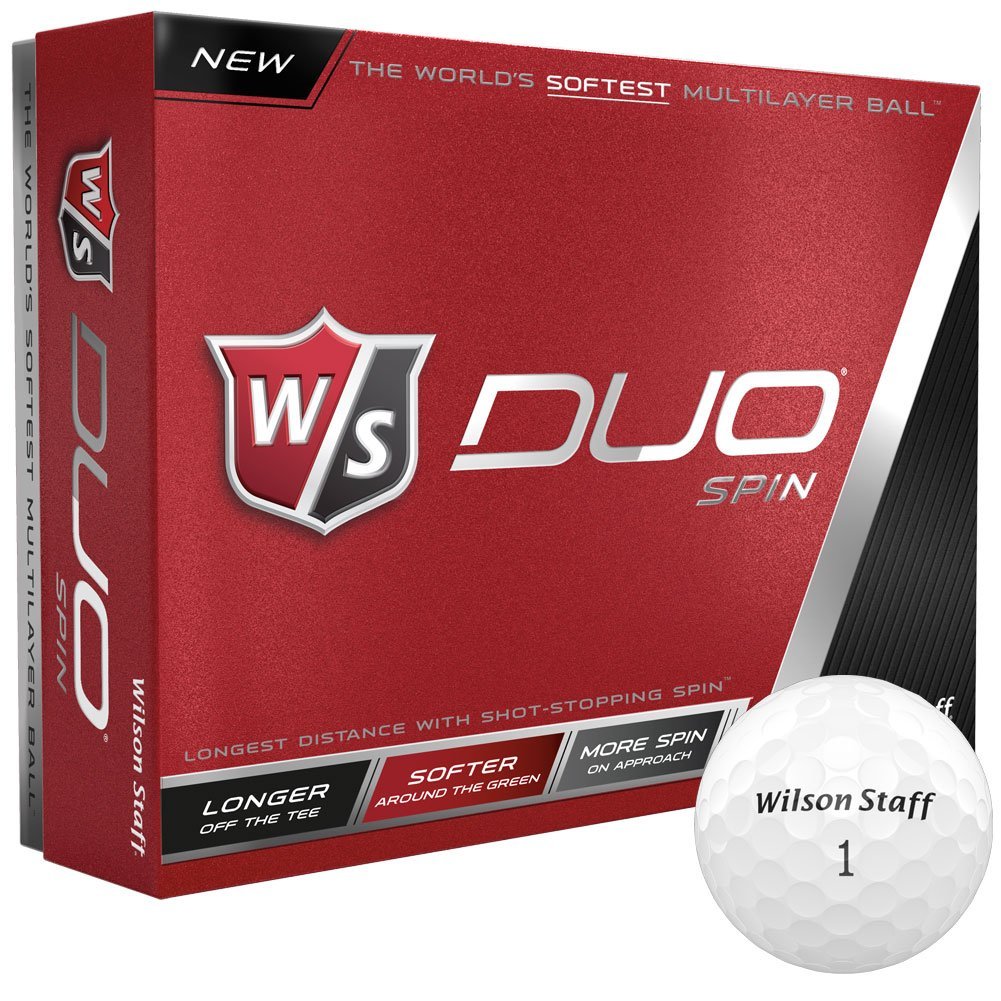
Wilson DUO Spin
Bridgestone e6 Soft Golf Balls
Whether you are a high handicap or beginner golfer, or an improving golfer closing in on consistent bogey golf, it is important to match your game with the correct type of ball. What brand and model ball you choose from the correct type comes down to personal preference. I suggest you try several side-by-side and choose the ball you like best.

